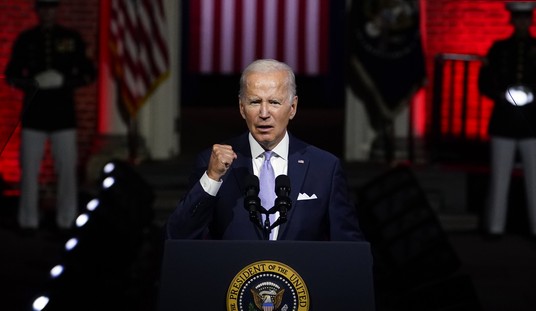It’s called the uncanny valley, the final frontier in digital imagery, the point beyond which artists will be able to create digital human beings which audiences cannot distinguish from the real thing. Inanimate objects are relatively easy to recreate in the computer, and artists have become very good at creating them. Live non-human creatures like Dawn of the Planet of the Apes‘ title characters boast stunning realism. Yet, convincing digital human beings remain just out of reach.
That may be about to change. Suitably, the franchise rumored to be crossing the uncanny valley is Star Wars, a property which has spawned several major film innovations over its four decades of development. The Daily Mail reports that actor Peter Cushing, who died in 1994, will be digitally recreated to reprise the role of Governor Wilhuff Tarkin in next year’s Star Wars Anthology: Rogue One.
If true, the report raises a number of intriguing creative, ethical, and legal questions. Collider’s Matt Goldberg parses though them:
Acting is a series of choices, but those choices will be removed from the [digitally resurrected] actor. That’s why performance capture is still vital because it adds authenticity and distinction. Granted, performances are still shaped in the editing room, but the editing can only shape what’s been brought to life by the actor. Would the real Cushing have made his lip curl after saying a particular line or is it just what [director Gareth] Edwards wants?
Or maybe this is some unnecessary hand-wringing on my part. After all, they’ve already brought back Tarkin on Star Wars Rebels, but that’s clearly a cartoon. But what’s the dividing line? Does one even exist in terms of the ethical implications? Is all that’s missing the technology and a competent voice actor? And is that all that makes a performance and a character?
While I’m sure there will be a great amount of lip service paid to honoring Cushing’s memory, a painstaking digital resurrection for Tarkin basically makes him a CGI puppet, and it’s a bit twisted and perhaps even a little unnecessary.
Goldberg provides a better analogy than he may realize by evoking animation. Indeed, one of the smarter moves Lucas made when he created the Star Wars property was locking actors into agreements to use their likenesses in other media. Mark Hamill, Carrie Fisher, Harrison Ford and others have all had their faces plastered on novels, drawn in comics, and recreated in video games. Is there really much difference between that and a full-blown digital recreation?
Performance capture has emerged as a new cinematic art form. As filmmakers bridge the uncanny valley, it seems inevitable that performance capture will converge with computer-generated human models and voice actors to portray classic characters. It opens up a world of exciting possibilities.
Imagine a follow-up to the Back to the Future films in which new actors could be placed side by side next to a young Michael J. Fox circa 1985. Imagine a retro sequel to Tim Burton’s Batman aimed at portraying what a third film under his helm might have looked like. Imagine a romantic comedy pitting Margot Robbie against Marylin Monroe. Such projects could prove possible once the uncanny valley is crossed.
Rights to likenesses have clearly been negotiated before. They could be negotiated again in the context of new technology.









Join the conversation as a VIP Member